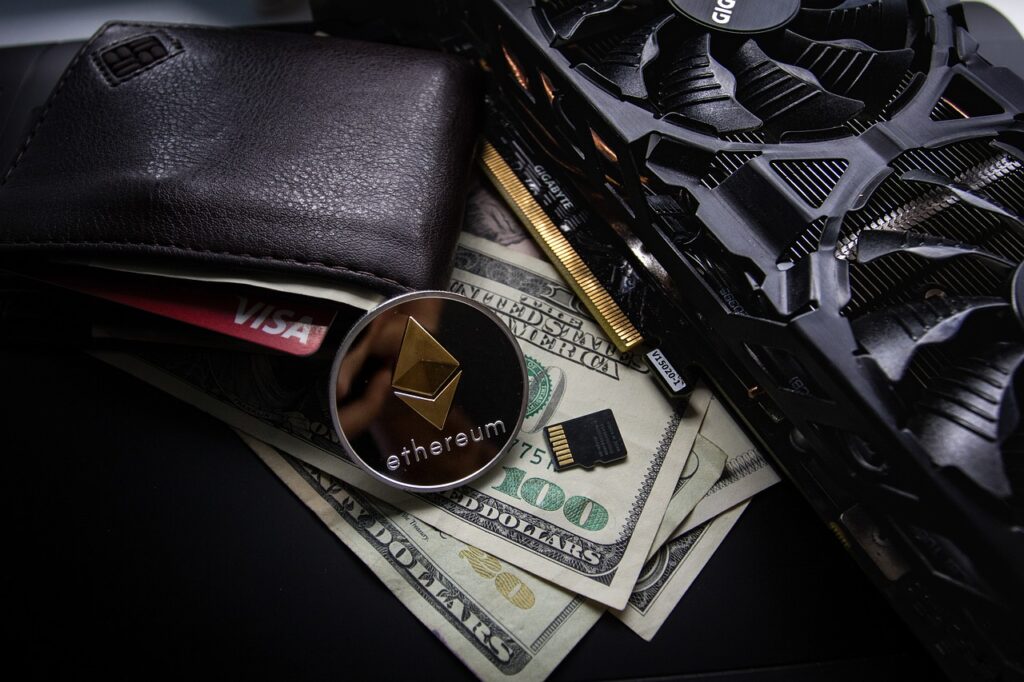Stablecoins in DeFi: The Foundation of a Stable Financial Ecosystem
Stablecoins in DeFi: The Foundation of a Stable Financial Ecosystem

Innovations in Stablecoin Technology: Smart Contracts, Oracles, and Decentralized Governance
Smart contracts, or self-executing agreements with the terms of the agreement directly written into code, have been a significant innovation in stablecoin technology. These contracts are built on blockchain platforms like Ethereum and enable automatic execution of transactions once predefined conditions are met. By utilizing smart contracts, stablecoins can ensure transparency and immutability, eliminating the need for intermediaries and reducing transaction costs.
Another crucial development in stablecoin technology is the use of oracles. Oracles act as bridges between off-chain data sources and on-chain smart contracts.

Decentralized governance is also emerging as an important aspect of stablecoin technology.

These innovations collectively contribute to enhancing stability, security, and trustworthiness within the realm of stablecoins. Smart contracts automate transactions while ensuring transparency; oracles bridge real-world data with blockchain-based systems; decentralized governance empowers token holders with decision-making capabilities. As this technology continues to evolve, it holds great potential for revolutionizing financial systems worldwide by providing efficient solutions for maintaining price stability amidst volatile markets.
What is a stablecoin?
A stablecoin is a type of cryptocurrency that is designed to minimize price volatility and maintain a stable value by pegging its price to a specific asset or a basket of assets.
How do stablecoins achieve price stability?
Stablecoins achieve price stability through various mechanisms such as collateralization, algorithmic controls, or a combination of both.

What role do smart contracts play in stablecoin technology?
Smart contracts are a fundamental component of stablecoin technology. They enable the automation and execution of predefined actions and rules, such as the issuance and redemption of stablecoins, which helps maintain the stability of the stablecoin ecosystem.
What are oracles in the context of stablecoin technology?
Oracles are third-party data sources that provide real-world information to smart contracts. In the context of stablecoin technology, oracles play a crucial role in providing price feeds or other relevant data to ensure accurate valuation of the underlying assets and maintain the stability of the stablecoin.
Why is decentralized governance important for stablecoins?
Decentralized governance allows for a more transparent and inclusive decision-making process for stablecoin protocol updates, risk management, and other critical decisions. It helps ensure that no single entity has complete control over the stablecoin ecosystem, enhancing trust and resilience.
How does decentralized governance work in stablecoin technology?
Decentralized governance in stablecoin technology typically involves token holders who can participate in voting and decision-making processes through on-chain governance protocols. This enables stakeholders to collectively decide on important matters and steer the direction of the stablecoin’s development.
Are stablecoins regulated like traditional fiat currencies?
The regulatory landscape for stablecoins varies across jurisdictions. While some stablecoins may operate within existing regulatory frameworks, others may face regulatory challenges or require specific licenses. It is important to consult legal and regulatory experts to understand the specific requirements for stablecoins in a particular jurisdiction.
Are stablecoins immune to market volatility?
Stablecoins aim to minimize price volatility and maintain a stable value, but they are still subject to market forces and risks. Factors such as the stability of the underlying assets, demand and supply dynamics, and market conditions can influence the stability of stablecoins to some extent.
Todays Featured Product:
Buy, exchange and grow your crypto securely with a Ledger hardware wallet, combined with the Ledger Live app. It’s never been easier to keep your crypto safe and accessible. Buy direct from Ledger.com and get todays Special Offers Here.




